Andreas Knopp
Shaping Rewards, Shaping Routes: On Multi-Agent Deep Q-Networks for Routing in Satellite Constellation Networks
Aug 04, 2024



Abstract:Effective routing in satellite mega-constellations has become crucial to facilitate the handling of increasing traffic loads, more complex network architectures, as well as the integration into 6G networks. To enhance adaptability as well as robustness to unpredictable traffic demands, and to solve dynamic routing environments efficiently, machine learning-based solutions are being considered. For network control problems, such as optimizing packet forwarding decisions according to Quality of Service requirements and maintaining network stability, deep reinforcement learning techniques have demonstrated promising results. For this reason, we investigate the viability of multi-agent deep Q-networks for routing in satellite constellation networks. We focus specifically on reward shaping and quantifying training convergence for joint optimization of latency and load balancing in static and dynamic scenarios. To address identified drawbacks, we propose a novel hybrid solution based on centralized learning and decentralized control.
LEO-PNT With Starlink: Development of a Burst Detection Algorithm Based on Signal Measurements
Apr 19, 2023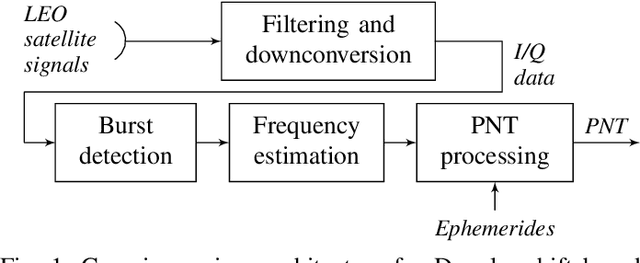
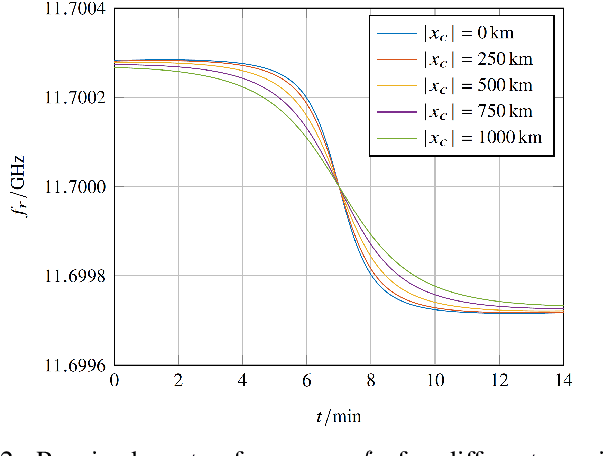
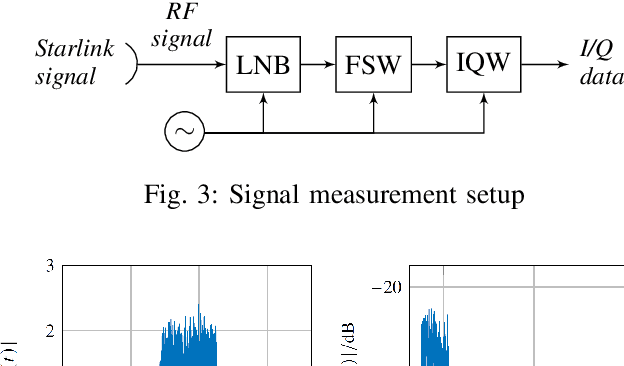
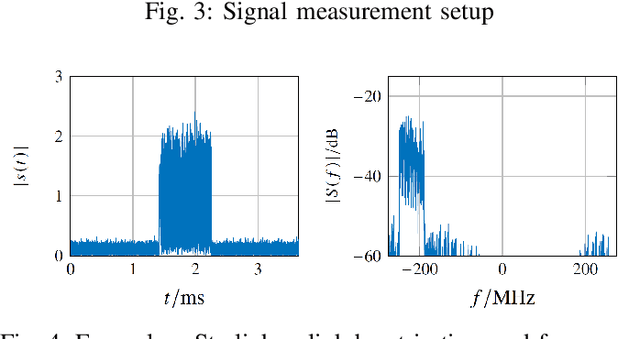
Abstract:Due to the strong dependency of our societies onGlobal Navigation Satellite Systems and their vulnerability to outages, there is an urgent need for additional navigation systems. A possible approach for such an additional system uses the communication signals of the emerging LEO satellite mega-constellations as signals of opportunity. The Doppler shift of those signals is leveraged to calculate positioning, navigation and timing information. Therefore the signals have to be detected and the frequency has to be estimated. In this paper, we present the results of Starlink signal measurements. The results are used to develope a novel correlation-based detection algorithm for Starlink burst signals. The carrier frequency of the detected bursts is measured and the attainable positioning accuracy is estimated. It is shown, that the presented algorithms are applicable for a navigation solution in an operationally relevant setup using an omnidirectional antenna.
Distortions Characterization for Dynamic Carrier Allocation in Ultra High-Throughput Satellites
May 25, 2021

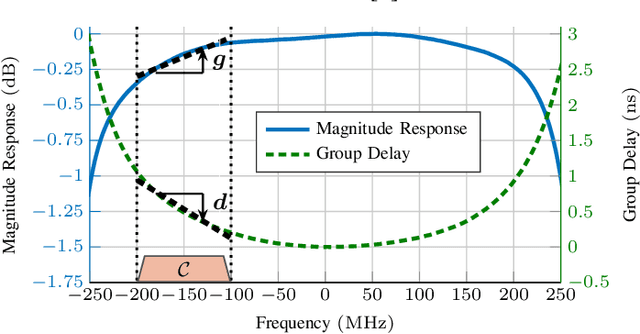
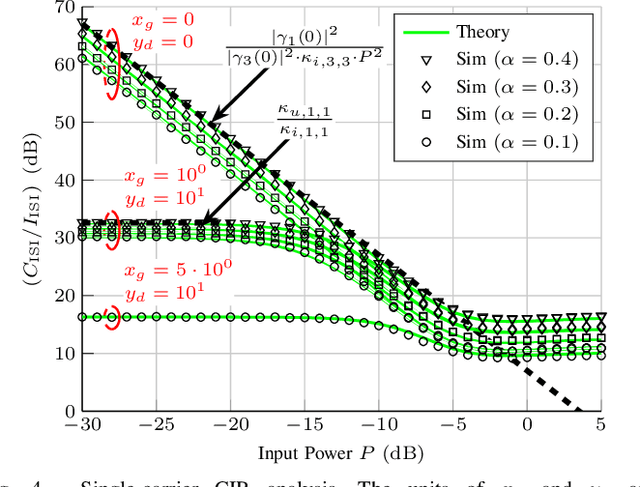
Abstract:A novel analytical formula for the characterization of linear and nonlinear distortions in future ultra high-throughput communication payloads is proposed in this work. In this context, the carrier-to-interference ratio related to single-carrier and multicarrier signals is derived. Through the analysis of its behavior valuable insights are created, especially regarding the interaction between linear and nonlinear intersymbol interference. Furthermore, the principle of dynamic carrier allocation optimization is highlighted in a realistic scenario. Within the presented framework, it is proven that a significant gain can be achieved even with a limited number of carriers. Finally, a complexity and accuracy analysis emphasizes the practicality of the proposed approach.
Impact of Phase Noise and Oscillator Stability on Ultra-Narrow-Band-IoT Waveforms for Satellite
Jan 15, 2021



Abstract:It has been shown that ultra-narrow-band (uNB) massive machine type communication using very compact devices with direct access to satellites is possible at ultra low rate. This enables global ubiquitous coverage for terminals without terrestrial service in the Internet of Remote Things and provides access to any satellite up to the the geostationary earth orbit. The lower data rate for waveforms providing uNB communication is set by the stability and the phase noise of the applied oscillators. In this paper we analyze the physical layer of two candidate waveforms, which are LoRa and Unipolar Coded Chirp-Spread Spectrum (UCSS) with respect to phase noise and oscillator frequency drifts. It is figured out that UCSS is more robust against linear frequency drifts, which is the main source of error for uNB transmissions.
 Add to Chrome
Add to Chrome Add to Firefox
Add to Firefox Add to Edge
Add to Edge